 W
WThe Belgae were a large confederation of tribes living in northern Gaul, between the English Channel, the west bank of the Rhine, and northern bank of the river Seine, from at least the third century BC. They were discussed in depth by Julius Caesar in his account of his wars in Gaul. Some peoples in Britain were also called Belgae and O'Rahilly equated them with the Fir Bolg in Ireland. The Belgae gave their name to the Roman province of Gallia Belgica and, much later, to the modern country of Belgium; today "Belgae" is also Latin for "Belgians".
 W
WThe Ambiani were a Belgic coastal tribe, dwelling in modern Picardy during the La Tène and Roman periods. They are known for their gold coinage.
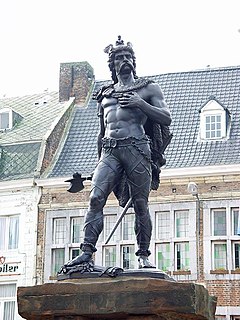 W
WAmbiorix was, together with Cativolcus, prince of the Eburones, leader of a Belgic tribe of north-eastern Gaul, where modern Belgium is located. In the nineteenth century Ambiorix became a Belgian national hero because of his resistance against Julius Caesar, as written in Caesar's Commentarii de Bello Gallico.
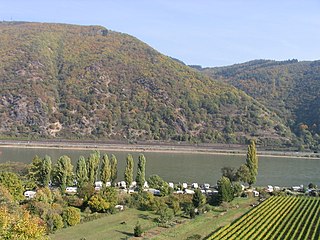 W
WThe Aresaces were Belgic tribe. They were closely related to, and probably originally part of, the Treveri. They inhabited the left bank of the Rhine in the Mainz-Bingen area, which was once the easternmost part of Treveran territory.
 W
WThe Armoricani were a tribe living in the area now called Brittany and all along the coast up to Dieppe in Normandy. They inhabited the area in the Iron Age, though there is plenty of evidence of earlier settlement in that part of Gaul. Strabo and Poseidonius describe the Armoricani as belonging to the Gaulish Belgae and according to Tacitus were ousted by the Germani cisrhenani.
 W
WThe Atrebates were a Belgic tribe of the Iron Age and the Roman period, originally dwelling in the Artois region.
 W
WThe Bellovaci were a Belgic tribe, dwelling in the modern Picardy region, near present-day Beauvais.
 W
WThe Condrusi were one of the peoples described by Julius Caesar as Germani Cisrhenani. They survived the Roman invasion and lived in what is now eastern Belgium, during the Roman period.
 W
WThe Eburones, were a Gallic-Germanic tribe, dwelling in the northeast of Gaul, in what is now the southern Netherlands, eastern Belgium, and the German Rhineland, in the period immediately preceding the Roman conquest of the region. Though living in Gaul, they were also described as being both Belgae and Germani.
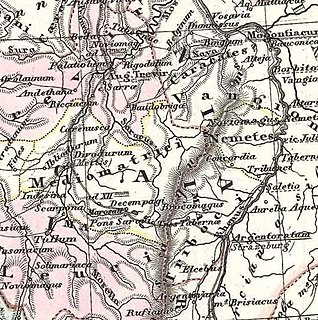 W
WThe Mediomatrici were a Belgic tribe, dwelling in the present-day Lorraine region.
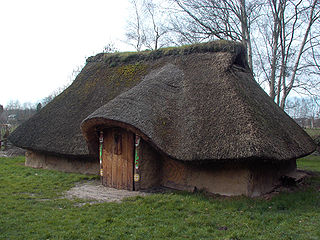 W
WThe Menapii were a Belgic tribe of northern Gaul in pre-Roman and Roman times. According to descriptions in such authors as Strabo, Caesar, Pliny the Elder and Ptolemy their territory had stretched northwards to the mouth of the Rhine in the north, but more lastingly it stretched along the west of the Scheldt river. In later geographical terms this territory corresponds roughly to the modern Belgian coast, the Belgian provinces of East and West Flanders. It also extended into neighbouring France and the river deltas of the Southern Netherlands.
 W
WThe Nervii were one of the most powerful Belgic tribes of northern Gaul at the time of its conquest by Rome. Their territory corresponds to the central part of modern Belgium, including Brussels, and stretched southwards into French Hainault. During their 1st century BC Roman military campaign, Julius Caesar's contacts among the Remi stated that the Nervii were the most warlike of the Belgae. In times of war, they were known to trek long distances to take part in battles. Being one of the distant northern Belgic tribes, with the Menapii to the west, and the Eburones to their east, they were considered by Caesar to be relatively uncorrupted by civilization.
 W
WThe Remi were a Belgic tribe, dwelling in the Aisne, Vesle and Suippe river valleys, corresponding to the modern Marne and Ardennes and parts of the modern Aisne and Meuse départements.
 W
WThe Suessiones were a Belgic tribe, dwelling in the modern Aisne and Oise regions during the La Tène and Roman periods.
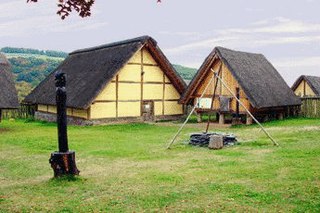 W
WThe Treveri or Treviri were a Celtic tribe of the Belgae group who inhabited the lower valley of the Moselle from around 150 BCE, if not earlier, until their displacement by the Franks. Their domain lay within the southern fringes of the Silva Arduenna, a part of the vast Silva Carbonaria, in what are now Luxembourg, southeastern Belgium and western Germany; its centre was the city of Trier, to which the Treveri give their name. Celtic in language, according to Tacitus they claimed Germanic descent. They possibly contained both Gallic and Germanic influences.
 W
WVexin is an historical county of northwestern France. It covers a verdant plateau on the right bank (north) of the Seine running roughly east to west between Pontoise and Romilly-sur-Andelle, and north to south between Auneuil and the Seine near Vernon. The plateau is crossed by the Epte and the Andelle river valleys.
 W
WThe Viromandui or Veromandui were a Belgic tribe of the La Tène and Roman periods, dwelling in the modern Vermandois region (Picardy).